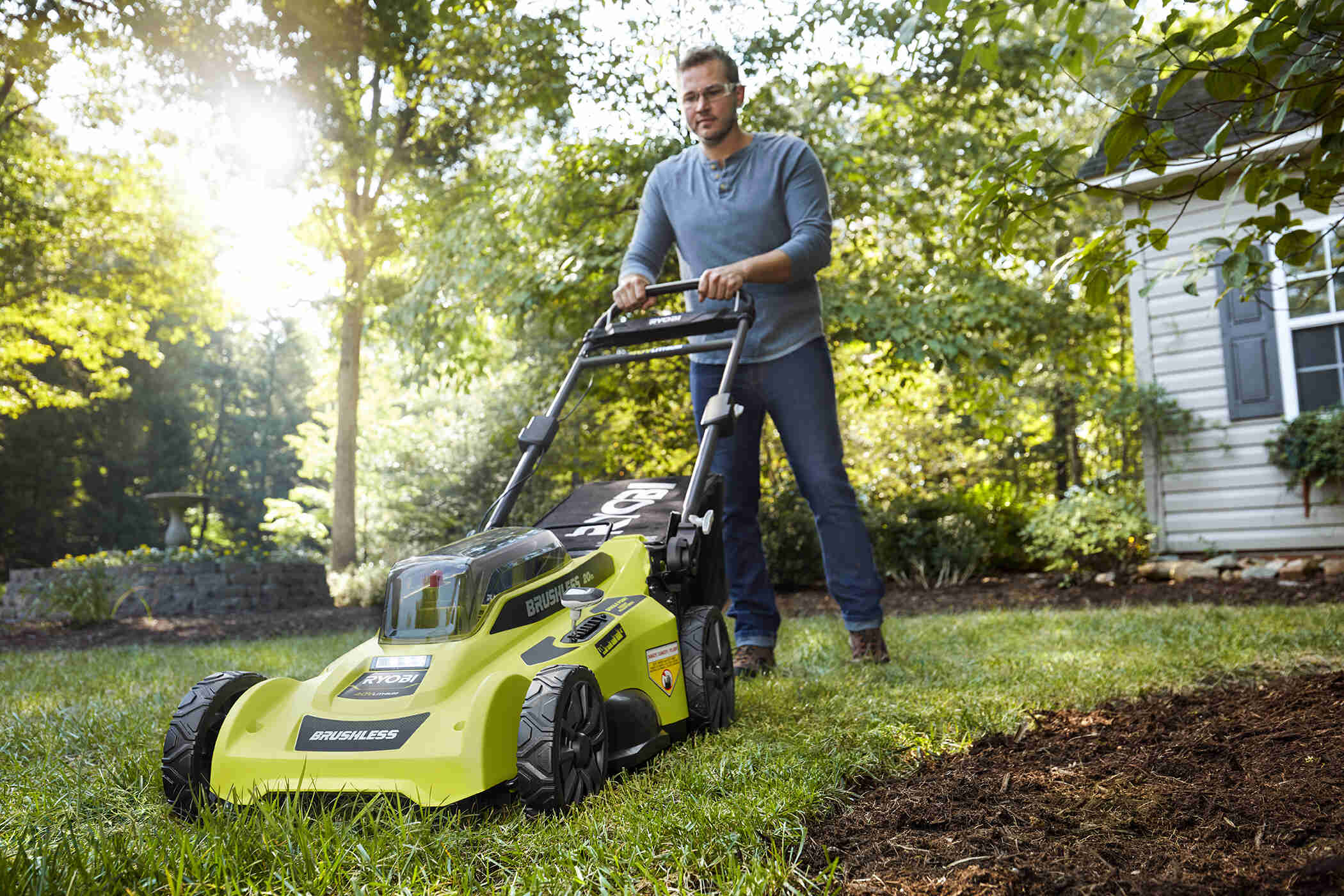

Articles
Why Is My Ryobi Lawn Mower Not Starting
Modified: January 6, 2024
Having trouble with your Ryobi lawn mower not starting? Check out these helpful articles to troubleshoot the issue and get your mower back up and running.
(Many of the links in this article redirect to a specific reviewed product. Your purchase of these products through affiliate links helps to generate commission for Storables.com, at no extra cost. Learn more)
Introduction
When you have a well-maintained lawn, a reliable lawn mower is essential to keep it looking pristine. However, encountering issues with your Ryobi lawn mower not starting can be frustrating and hinder your lawn care routine. Understanding the possible causes and troubleshooting steps can help you get your mower up and running again.
A variety of factors can contribute to a Ryobi lawn mower not starting. It’s important to identify and address these issues promptly to ensure a smooth and efficient mowing process. In this article, we will explore common causes for a Ryobi lawn mower not starting and provide troubleshooting steps to help you resolve the problem.
Key Takeaways:
- Keep your Ryobi lawn mower running smoothly by addressing common issues such as battery problems, fuel quality, spark plug condition, carburetor blockages, and faulty ignition systems.
- Maintain your Ryobi lawn mower for optimal performance by regularly cleaning and sharpening the blades, keeping the air filter clean, using fresh fuel, proper off-season storage, and following manufacturer’s maintenance guidelines.
Read more: How To Start Ryobi Electric Lawn Mower
Possible Causes for a Ryobi Lawn Mower Not Starting
1. Battery Issues: A dead or weak battery can prevent your Ryobi lawn mower from starting. Insufficient power may not allow the engine to turn over. Check the battery voltage and connections to ensure they are in good condition.
2. Fuel Problems: Stale or contaminated fuel can cause starting issues. Over time, fuel can deteriorate, leading to clogged fuel lines or carburetor problems. Using fresh and clean fuel is crucial for proper mower operation.
3. Spark Plug Troubles: A faulty or fouled spark plug can prevent ignition. Check the spark plug for damage or carbon buildup. Cleaning or replacing the spark plug can help restore proper engine firing.
4. Carburetor Blockage: Dirt, debris, or old fuel can clog the carburetor jets, obstructing the fuel flow. A blocked carburetor restricts proper fuel-air mixture, resulting in starting issues. Cleaning or rebuilding the carburetor may be necessary.
5. Faulty Ignition System: A malfunctioning ignition system can prevent the mower from starting. This can be due to a faulty ignition coil, ignition switch, or a wiring issue. Diagnosing and repairing the ignition system can resolve the starting problem.
Key Takeaways:
- Keep your Ryobi lawn mower running smoothly by addressing common issues such as battery problems, fuel quality, spark plug condition, carburetor blockages, and faulty ignition systems.
- Maintain your Ryobi lawn mower for optimal performance by regularly cleaning and sharpening the blades, keeping the air filter clean, using fresh fuel, proper off-season storage, and following manufacturer’s maintenance guidelines.
Read more: How To Start Ryobi Electric Lawn Mower
Possible Causes for a Ryobi Lawn Mower Not Starting
When your Ryobi lawn mower refuses to start, it is important to identify the underlying cause to effectively troubleshoot and resolve the issue. Here are some possible causes for a Ryobi lawn mower not starting:
- Battery Issues: A dead or weak battery can prevent your lawn mower from starting. If you notice that the engine is not even attempting to turn over, it may indicate a battery problem. Check the battery voltage using a multimeter and ensure that it is within the recommended range. If the battery is low, charge it or replace it with a new one.
- Fuel Problems: Another common culprit behind a non-starting lawn mower is poor fuel quality. Stale or contaminated fuel can lead to clogged fuel lines, causing a lack of fuel flow to the engine. To address this issue, drain the old fuel from the fuel tank and replace it with fresh, high-quality gasoline. Additionally, using a fuel stabilizer can help prevent fuel deterioration and keep your mower running smoothly.
- Spark Plug Troubles: A faulty or fouled spark plug can hinder the ignition process and prevent your mower from starting. Over time, spark plugs can become dirty or worn out, affecting their ability to create a spark. Remove the spark plug and inspect it for signs of fouling or damage. If necessary, clean the spark plug or replace it with a new one according to the manufacturer’s specifications.
- Carburetor Blockage: The carburetor plays a crucial role in delivering the correct fuel-air mixture to the engine. However, it can become clogged with dirt, debris, or old fuel particles, obstructing the flow of fuel. A blocked carburetor can prevent proper engine starting. To address this issue, clean the carburetor using a carburetor cleaner and make sure all passages are clear. If the problem persists, you may need to consider rebuilding or replacing the carburetor.
- Faulty Ignition System: Problems with the ignition system can also prevent your lawn mower from starting. A faulty ignition coil, ignition switch, or wiring issue can disrupt the flow of electricity and inhibit spark creation. Inspect the ignition components for any visible damage or wear. If necessary, repair or replace the faulty parts to restore proper ignition and enable your mower to start.
Identifying the specific cause of your Ryobi lawn mower not starting can help you focus your troubleshooting efforts and resolve the issue more effectively. In the following section, we will provide step-by-step troubleshooting steps to help you get your mower up and running again.
Troubleshooting Steps for a Ryobi Lawn Mower Not Starting
If your Ryobi lawn mower is not starting, follow these step-by-step troubleshooting measures to identify and resolve the issue:
Step 1: Check the Battery
The first thing you should check is the battery. Ensure that it is properly connected and fully charged. Use a multimeter to measure the voltage of the battery. If the voltage is low, either recharge the battery or replace it with a new one. A weak or dead battery can prevent the mower from starting.
Read more: Why Does My Ryobi Lawn Mower Keep Stopping
Step 2: Inspect the Fuel System
Next, inspect the fuel system. Check the fuel tank to ensure it has sufficient clean fuel. If the fuel is old or contaminated, drain it and refill the tank with fresh gasoline. Ensure that the fuel cap is properly secured to maintain proper fuel flow. Additionally, check the fuel lines for any clogs or blockages. Clean or replace any clogged fuel filters.
Step 3: Examine the Spark Plug
Inspect the spark plug for any signs of damage or fouling. Remove the spark plug and examine its condition. If it is dirty or worn-out, clean or replace it accordingly. Ensure that the spark plug gap is set to the manufacturer’s specifications. Reinstall the spark plug securely and make sure it is properly connected to the spark plug wire.
Step 4: Clean the Carburetor
If the mower still does not start, the carburetor may be clogged with dirt, debris, or old fuel residue. Remove the carburetor and clean it thoroughly using a carburetor cleaner. Check all the passages and jets for any blockages and ensure that they are clear. Reinstall the carburetor and reconnect all the necessary components.
Step 5: Test the Ignition System
If the previous steps did not resolve the issue, it is essential to test the ignition system. Inspect the ignition coil, ignition switch, and wiring for any visible damage or wear. Use a spark tester to check for spark generation. If there is no spark or if the spark is weak, replace the faulty ignition components accordingly.
By following these troubleshooting steps in a systematic manner, you can narrow down the cause of the issue and resolve it effectively. However, if the problem persists, it is recommended to consult a professional or contact Ryobi customer support for further assistance.
Read more: How To Start Ryobi 40V Lawn Mower
Additional Tips for Maintaining a Ryobi Lawn Mower
Proper maintenance of your Ryobi lawn mower is essential to ensure its longevity and optimal performance. Here are some additional tips to help you maintain your lawn mower:
Regularly Clean and Sharpen the Blades
Sharpened blades make cutting grass easier and more efficient. Regularly inspect the blades for any signs of damage, cracks, or dullness. Clean the blades after each mowing session to remove grass clippings and debris. If the blades are dull, use a blade sharpening kit or take them to a professional for sharpening. Always remember to disconnect the spark plug and wear protective gloves while working on the blades.
Keep the Air Filter Clean
The air filter prevents dirt, dust, and debris from entering the engine, ensuring clean airflow. Regularly inspect the air filter and clean it if it appears dirty or clogged. If the filter is damaged or excessively dirty, replace it with a new one. A clean air filter promotes better engine performance and fuel efficiency.
Use Fresh and Clean Fuel
Using fresh and clean fuel is crucial for the proper operation of your lawn mower. Avoid using old or contaminated fuel as it can lead to starting issues and harm the engine. Always use high-quality fuel with the appropriate octane rating recommended by the manufacturer. Consider using a fuel stabilizer if you plan to store the mower for an extended period to prevent fuel deterioration.
Read more: Where To Buy Ryobi Lawn Mower
Store the Mower Properly during Off-Season
When the mowing season comes to an end, it is important to store your Ryobi lawn mower properly. Clean the mower thoroughly, removing any grass clippings, dirt, and debris. Drain the fuel tank or add a fuel stabilizer to prevent fuel degradation. Store the mower in a cool, dry place to protect it from extreme temperatures and moisture. Cover the mower with a protective cover to keep it free from dust and debris.
Follow the Manufacturer’s Guidelines for Maintenance
Every lawn mower model has specific maintenance requirements outlined by the manufacturer. It is crucial to follow these guidelines to ensure proper maintenance and avoid any potential issues. Regularly check the owner’s manual for recommended maintenance tasks such as oil changes, filter replacements, and lubrication points. Adhering to the manufacturer’s guidelines can help prolong the lifespan of your Ryobi lawn mower.
By following these additional tips for maintaining your Ryobi lawn mower, you can keep it in optimal condition and enjoy hassle-free mowing. Regular care and maintenance will not only extend its lifespan but also contribute to a better-looking lawn.
Conclusion
A well-functioning lawn mower is crucial for maintaining a beautiful and manicured lawn. When your Ryobi lawn mower is not starting, it can be frustrating and disrupt your lawn care routine. However, with the troubleshooting steps and maintenance tips outlined in this article, you can diagnose and resolve common issues that may prevent your mower from starting.
By systematically checking the battery, inspecting the fuel system, examining the spark plug, cleaning the carburetor, and testing the ignition system, you can identify and address the underlying cause of the problem. Each step in the troubleshooting process aims to pinpoint specific issues and help you take the necessary actions to get your Ryobi lawn mower up and running again.
In addition to troubleshooting, proper maintenance is key to preserving the performance of your Ryobi lawn mower. Regularly cleaning and sharpening the blades, keeping the air filter clean, using fresh and clean fuel, storing the mower properly during the off-season, and following the manufacturer’s guidelines for maintenance will contribute to its longevity and optimal operation.
Remember, if you encounter persistent issues or are unsure about how to proceed with troubleshooting or maintenance, it is advisable to consult a professional or contact Ryobi customer support for expert assistance.
With proper troubleshooting, regular maintenance, and appropriate care, you can ensure that your Ryobi lawn mower starts reliably and continues to provide you with a lush and well-manicured lawn for years to come.
Frequently Asked Questions about Why Is My Ryobi Lawn Mower Not Starting
Was this page helpful?
At Storables.com, we guarantee accurate and reliable information. Our content, validated by Expert Board Contributors, is crafted following stringent Editorial Policies. We're committed to providing you with well-researched, expert-backed insights for all your informational needs.
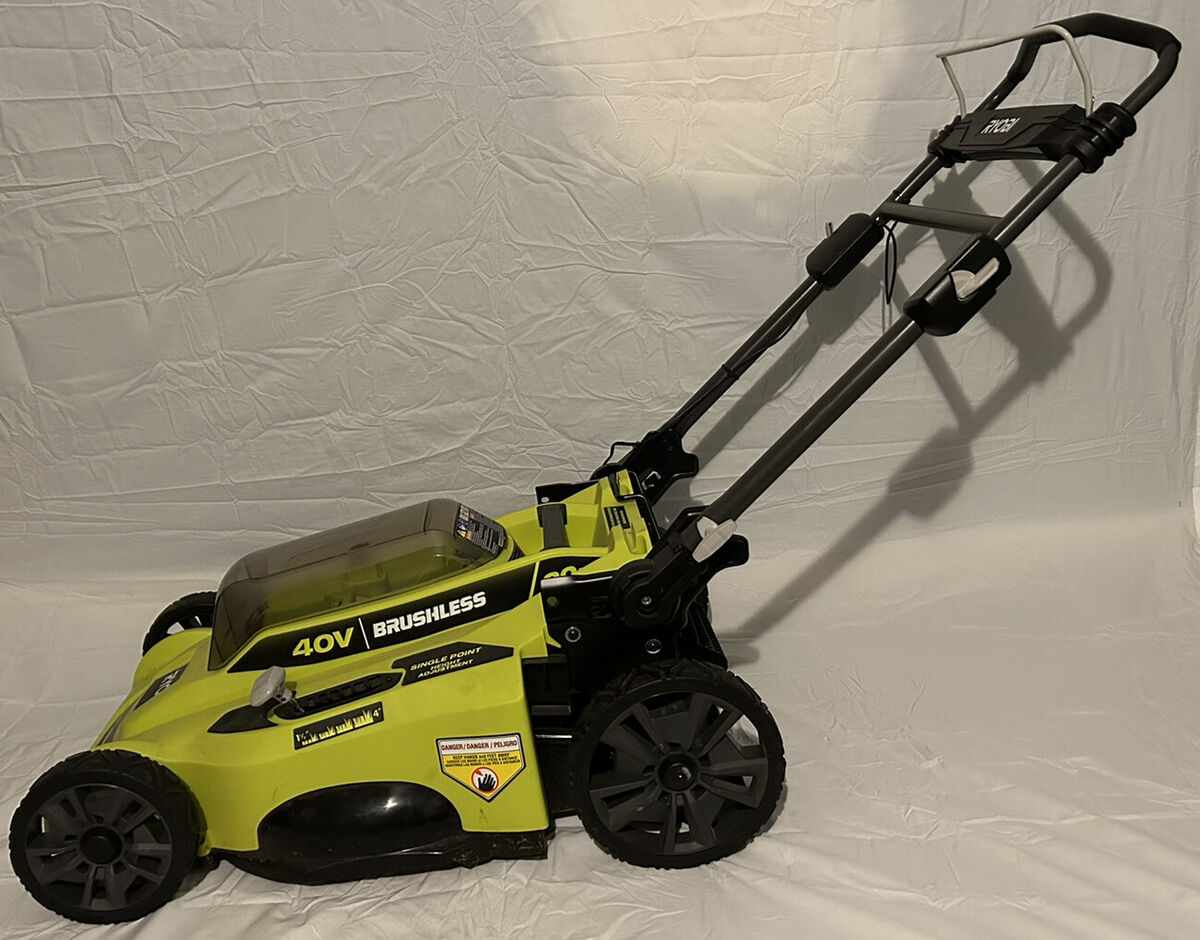
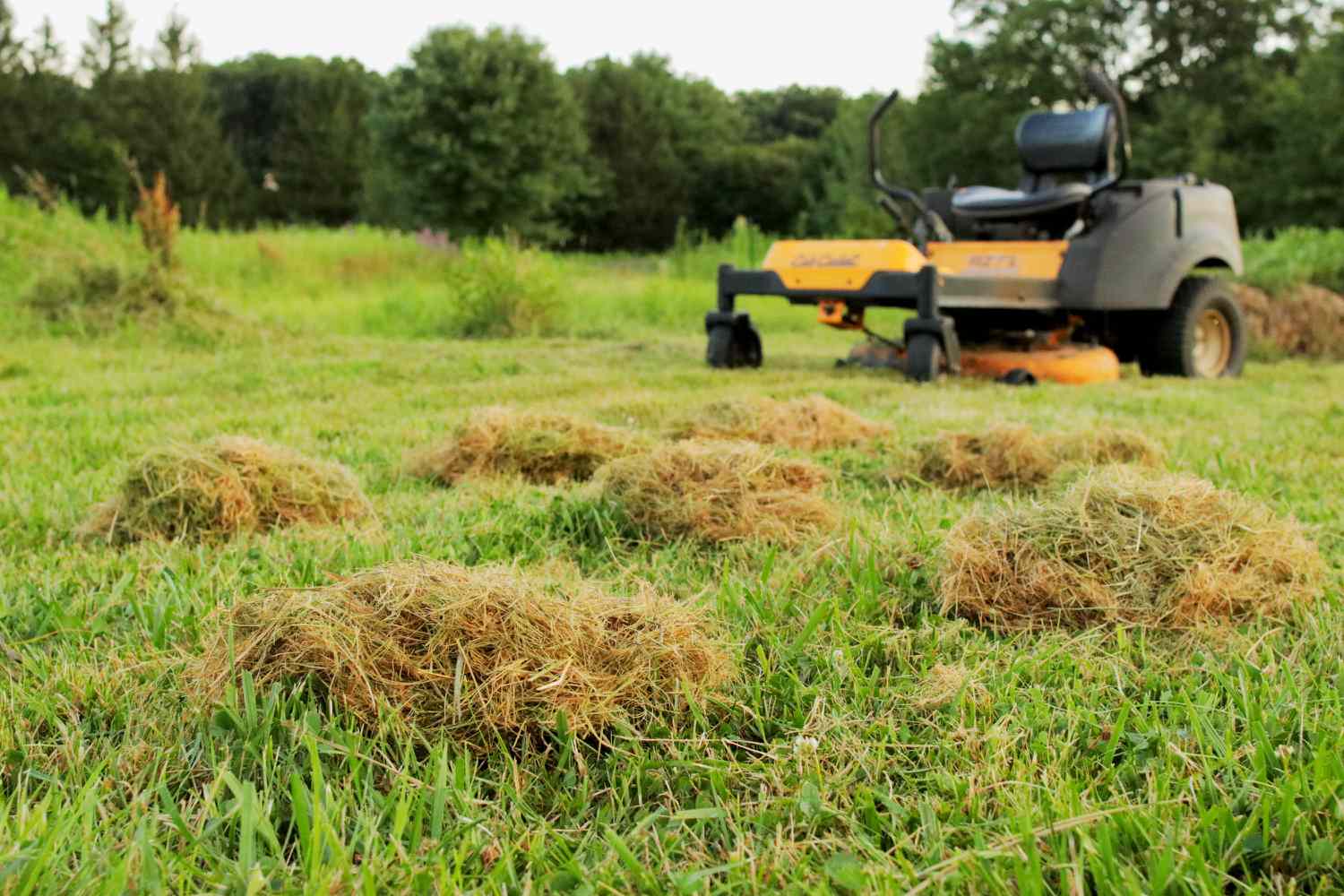
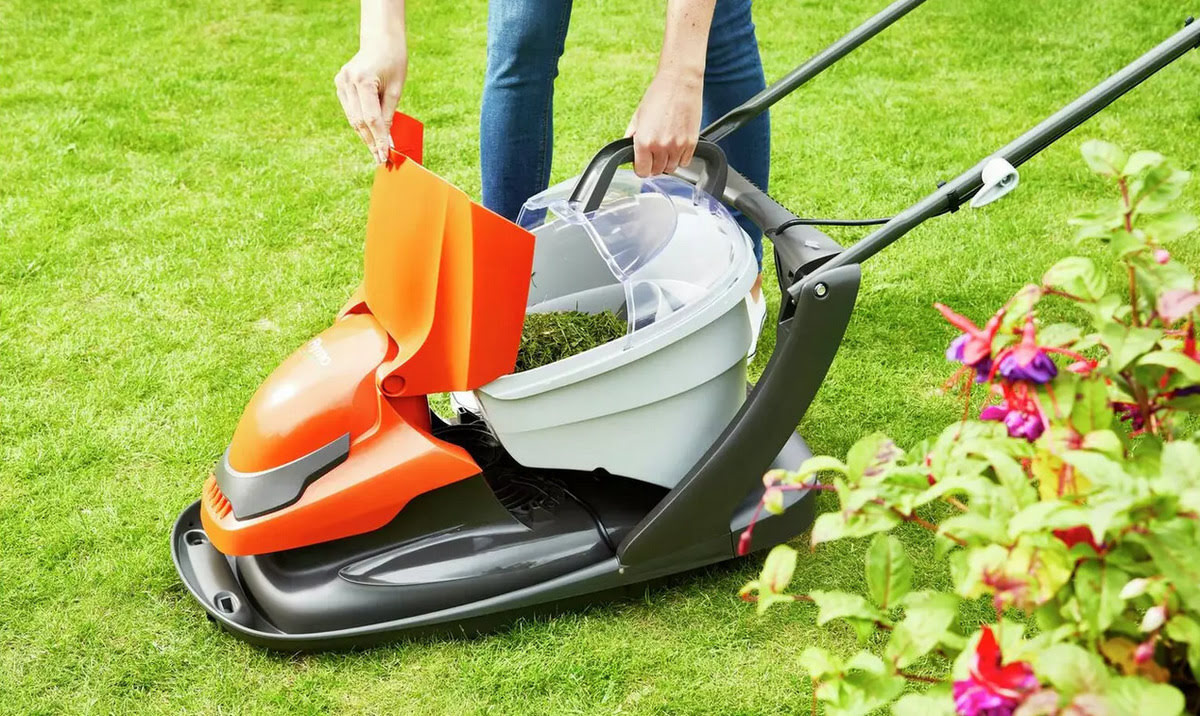
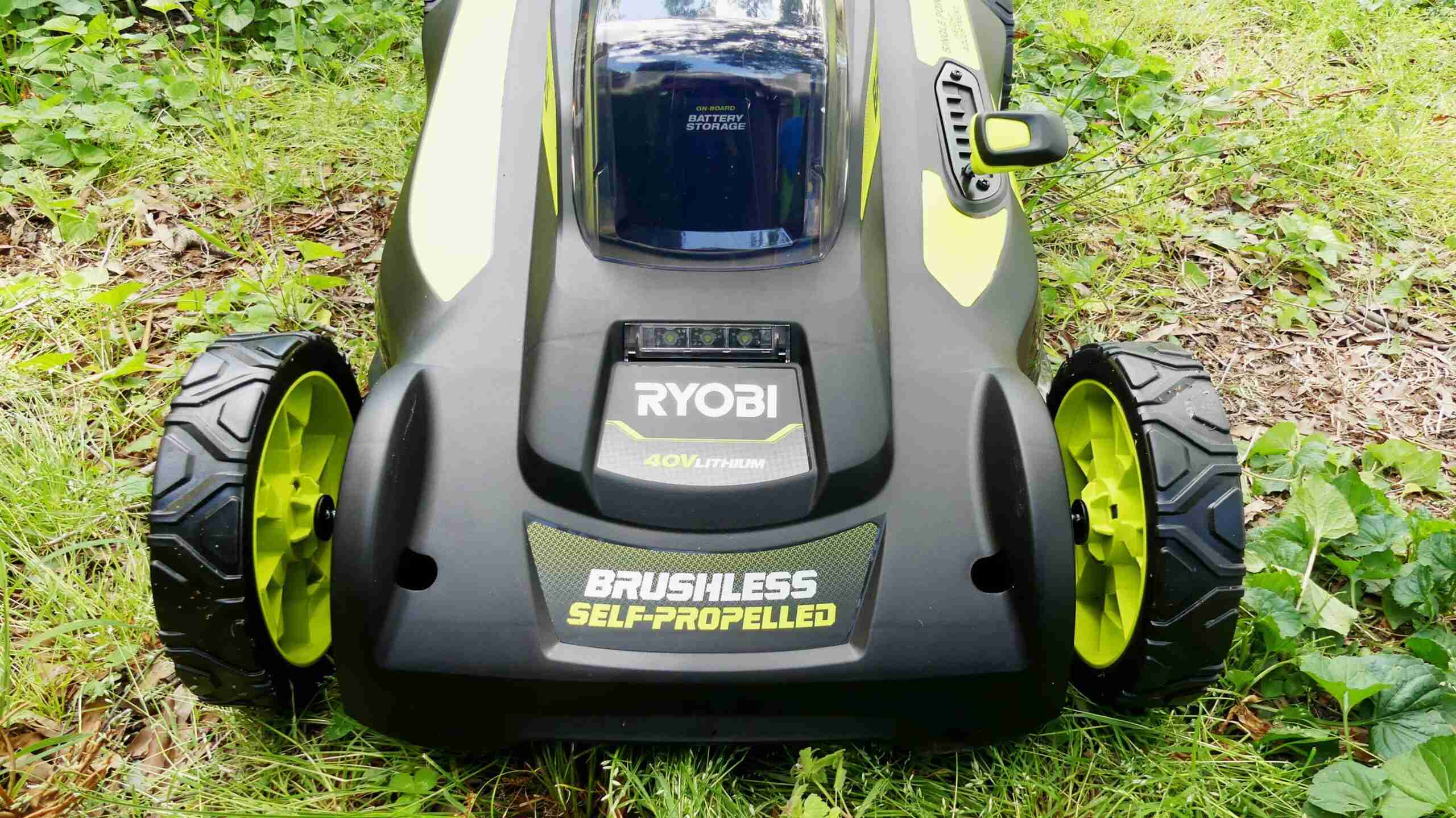
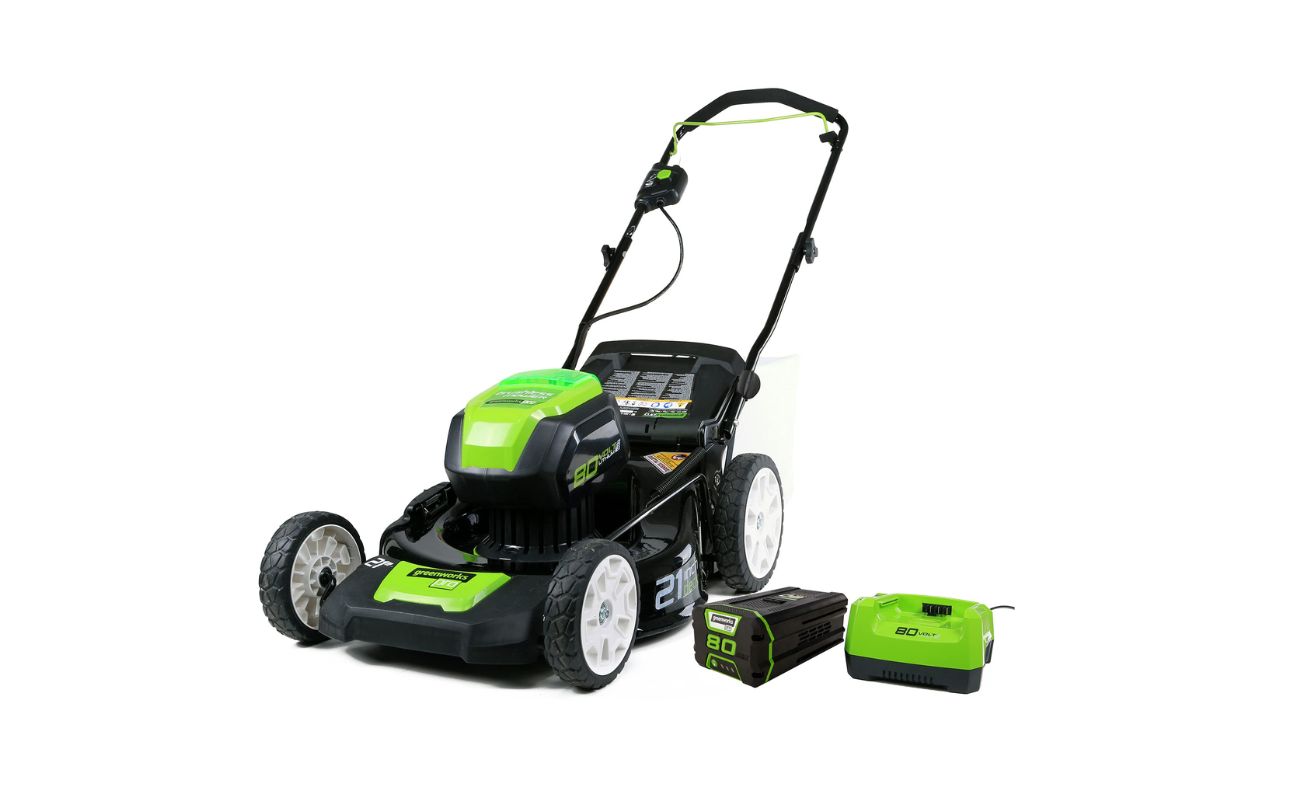
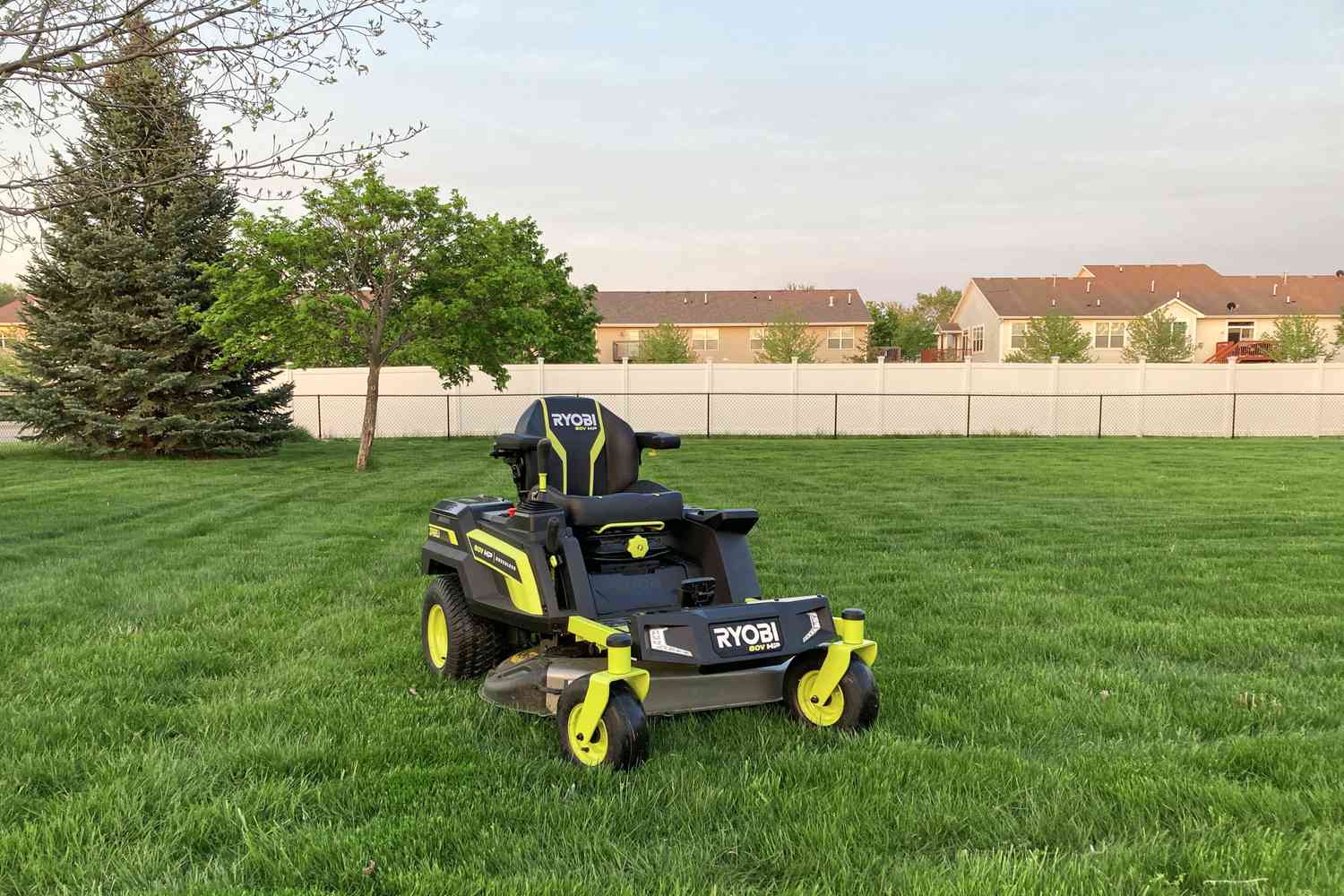
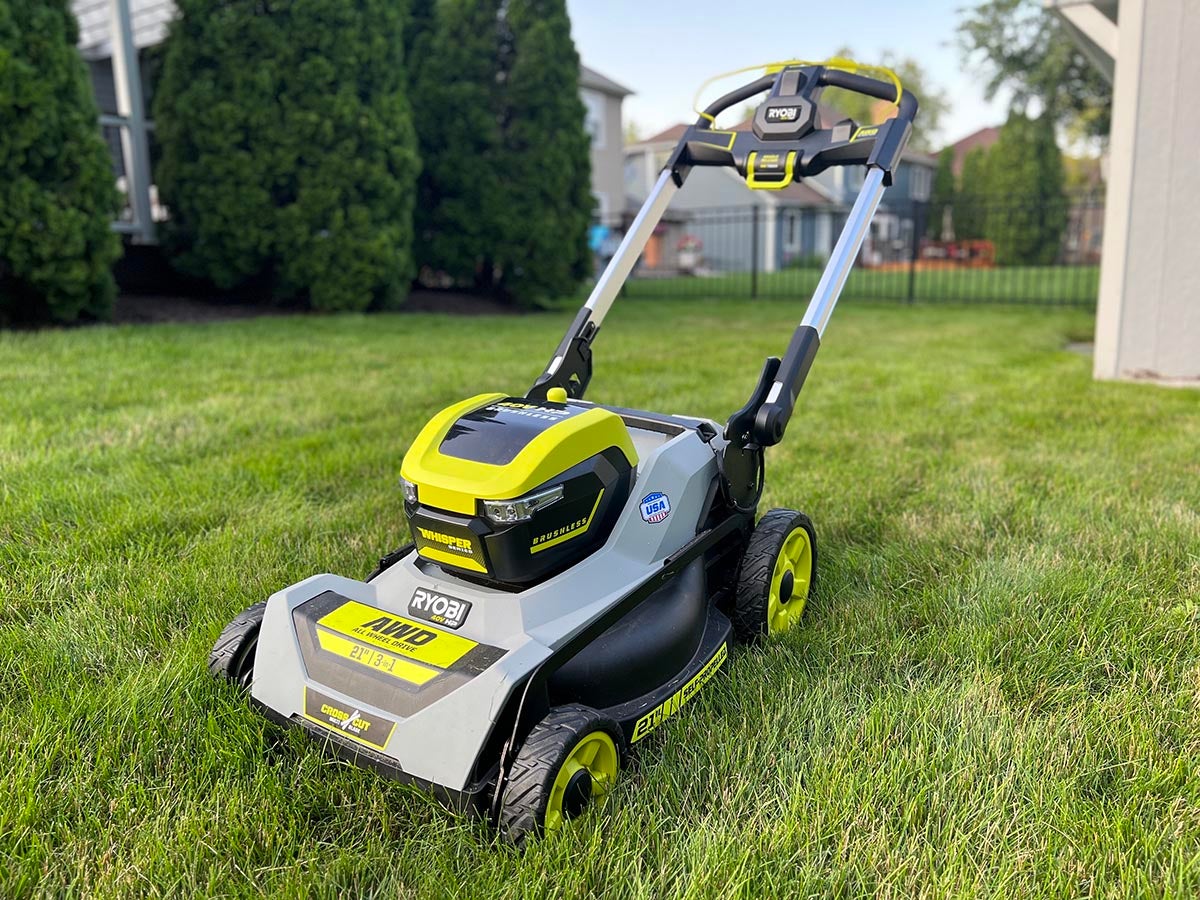
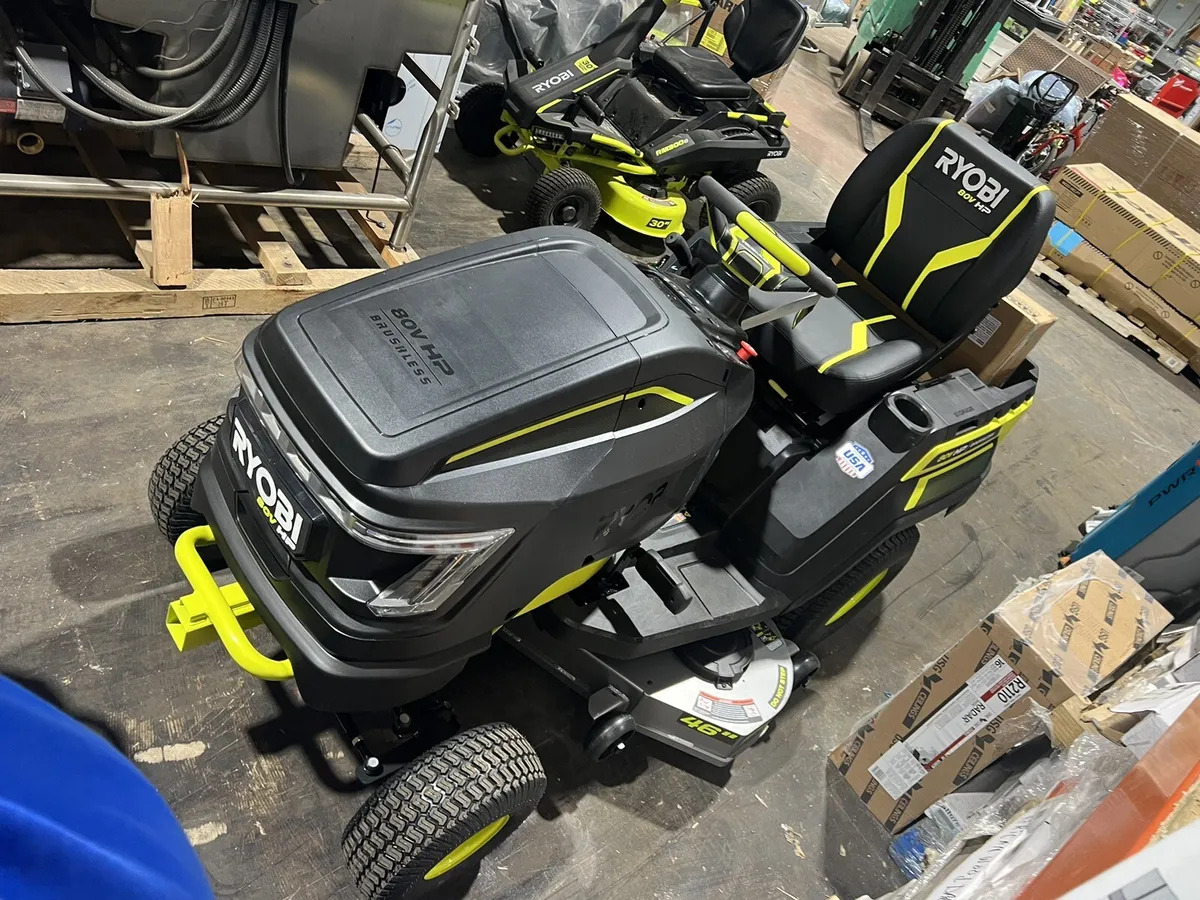
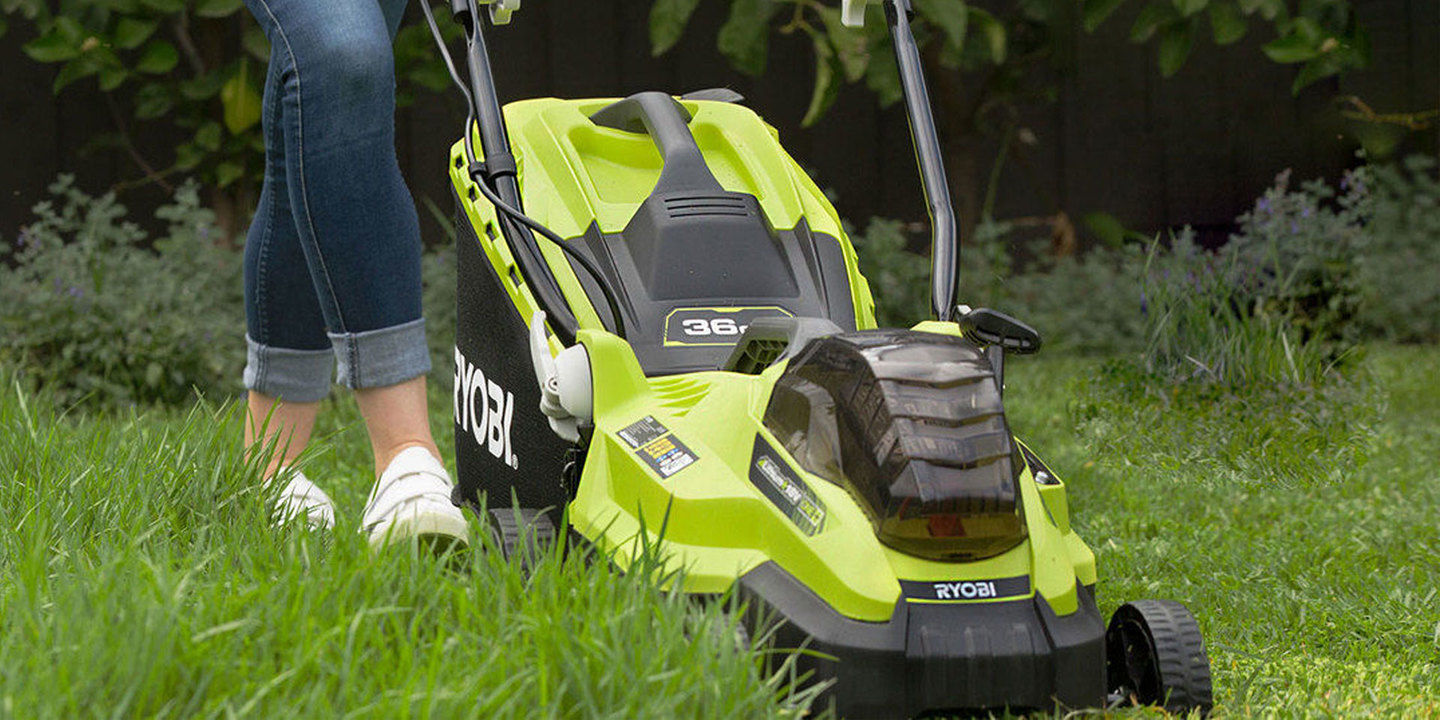
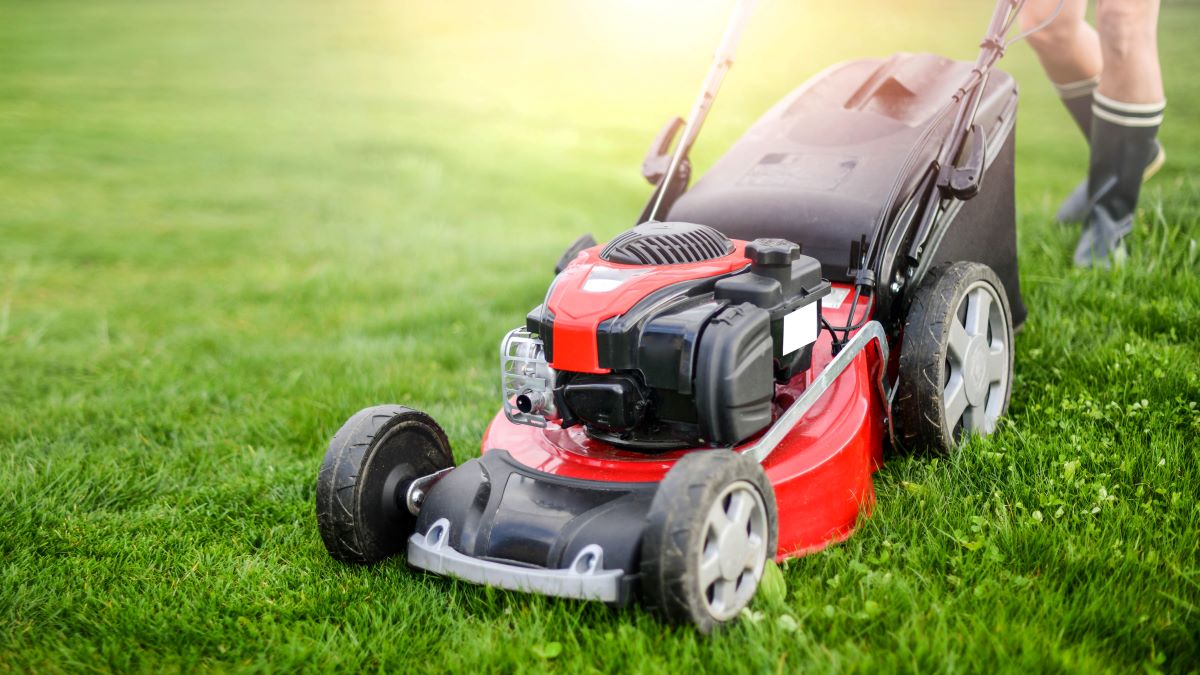
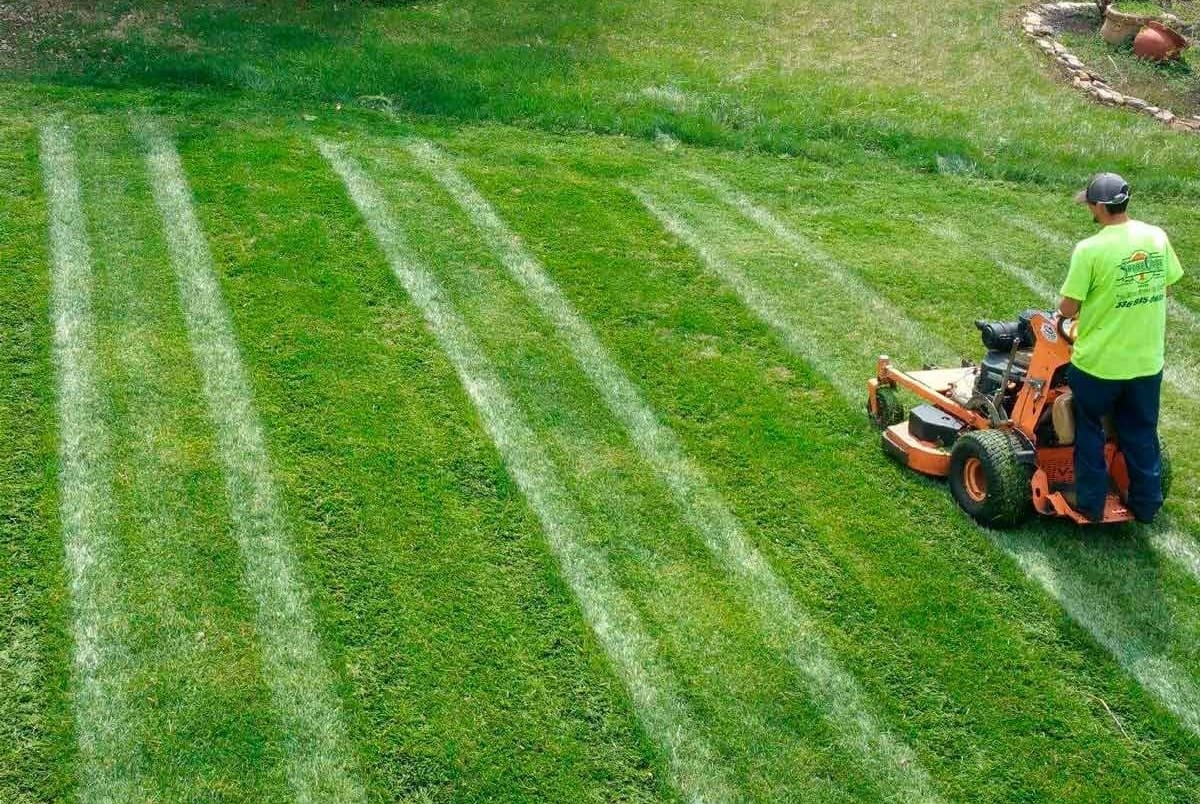
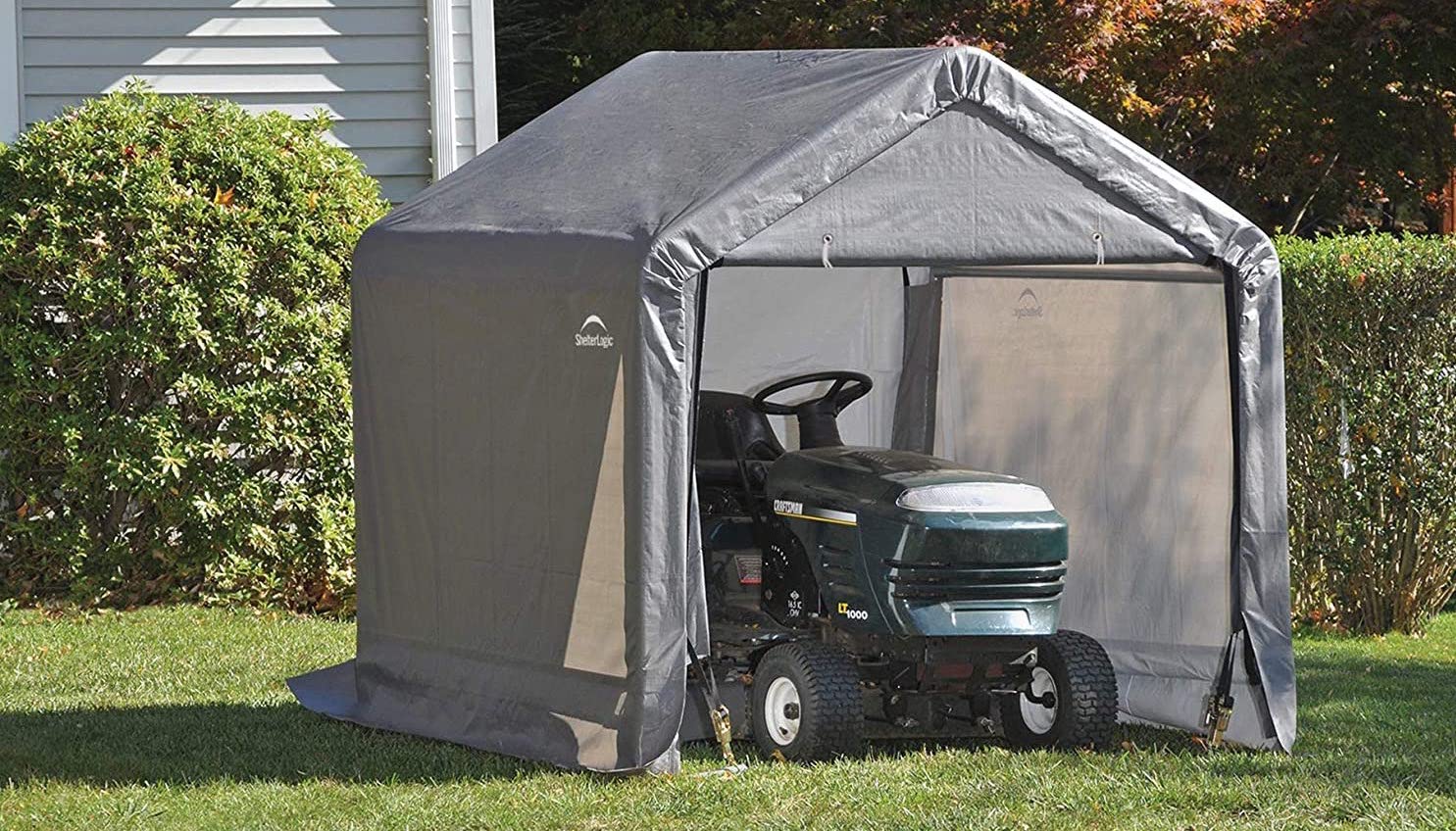

0 thoughts on “Why Is My Ryobi Lawn Mower Not Starting”